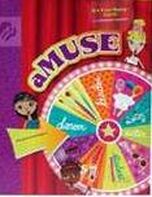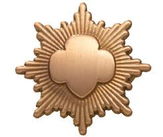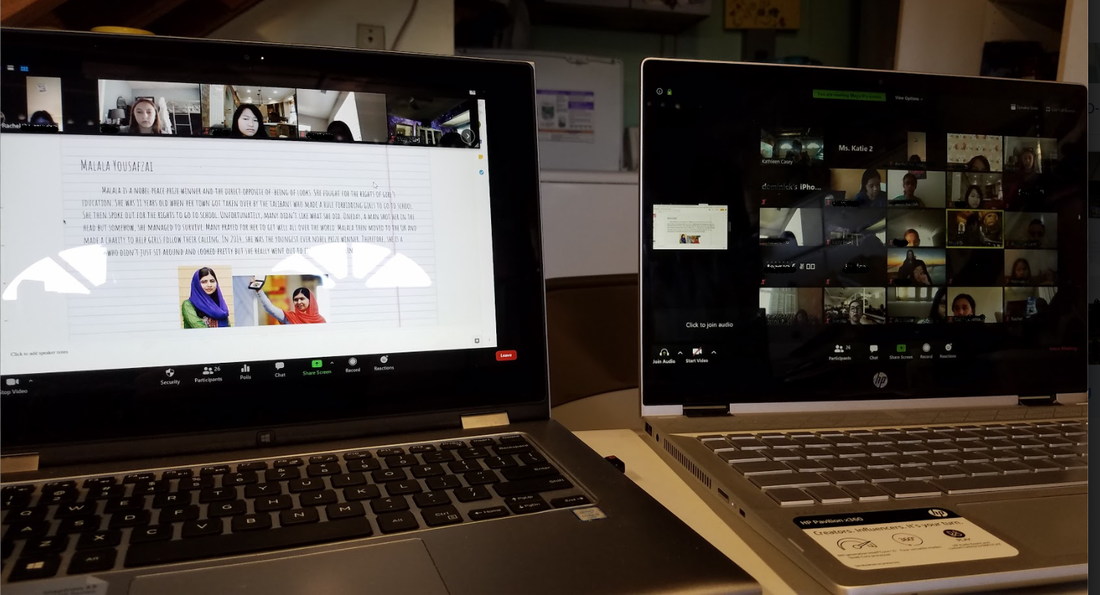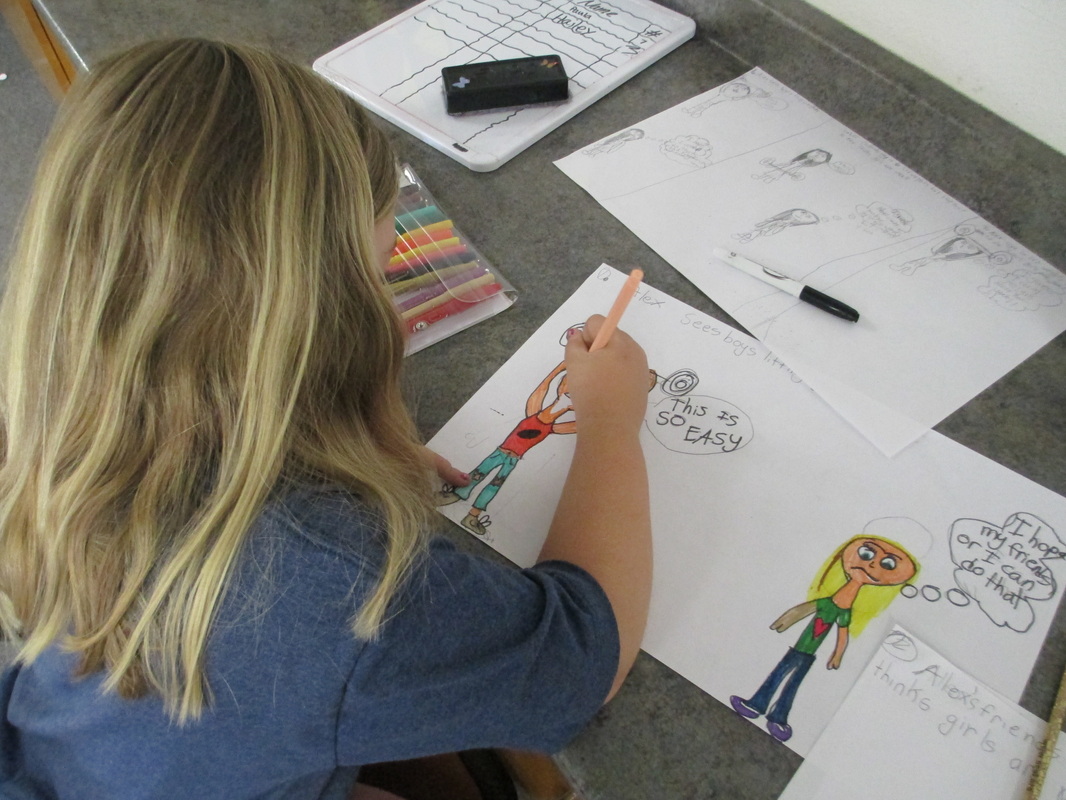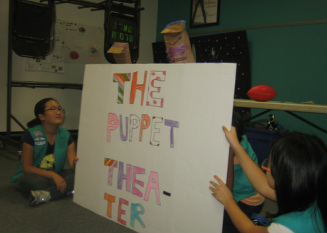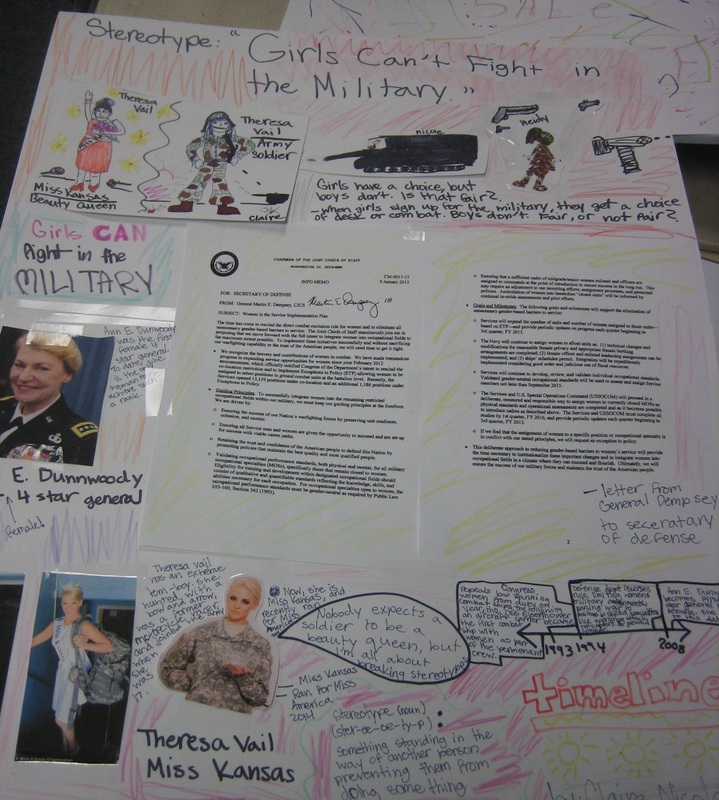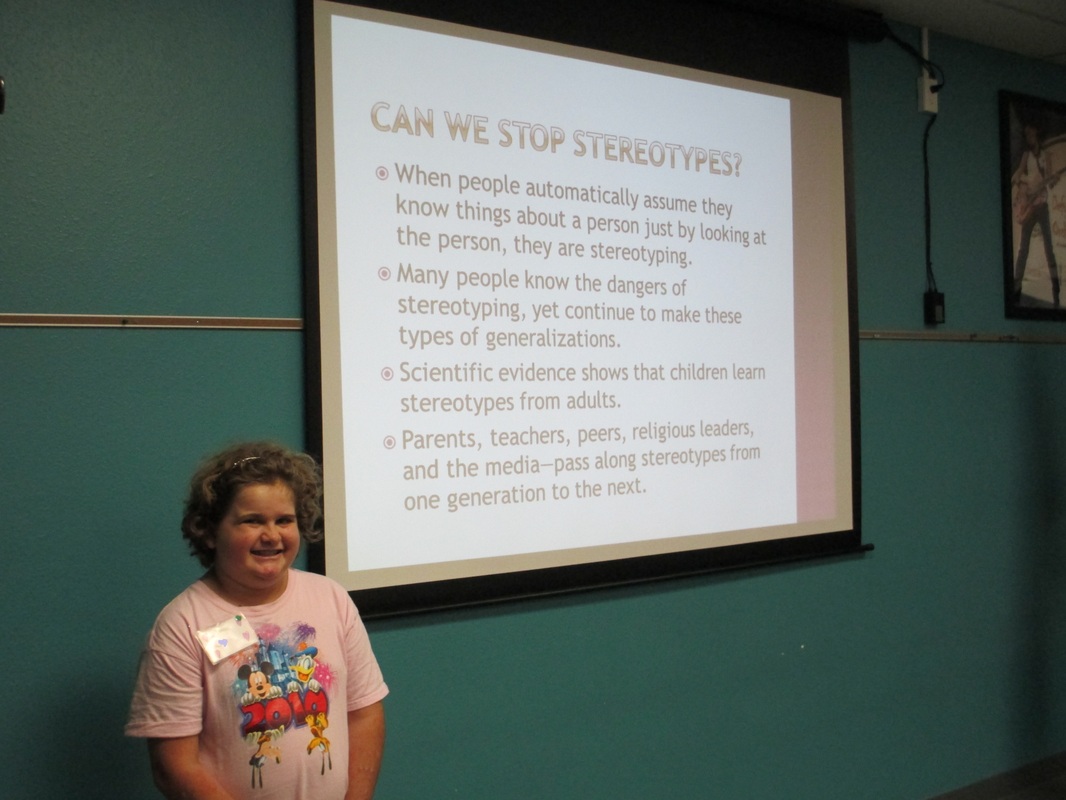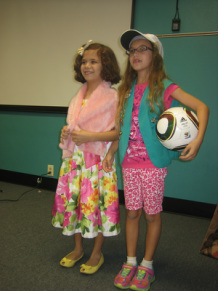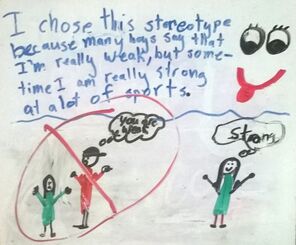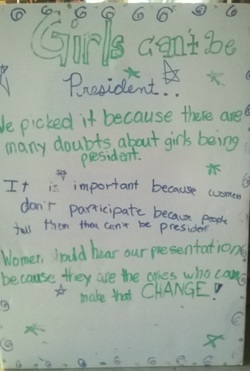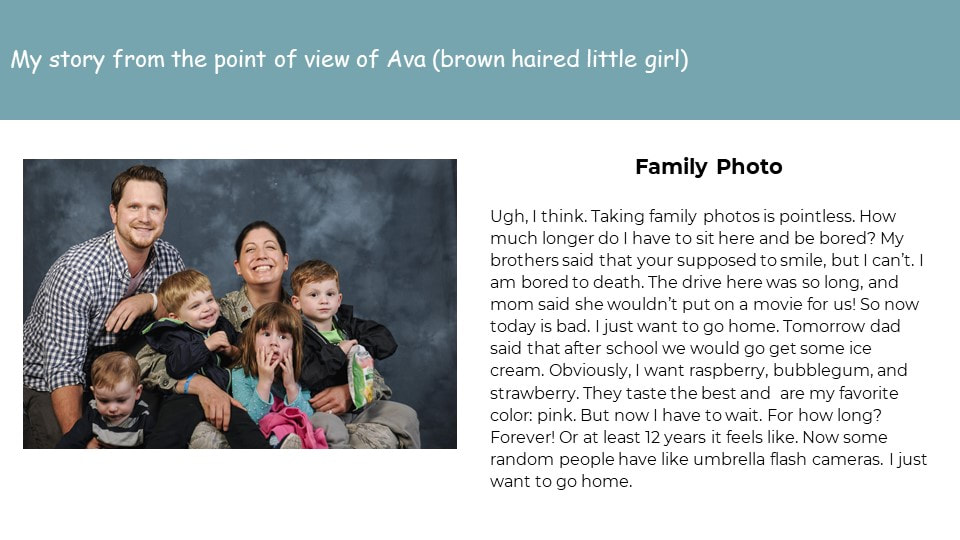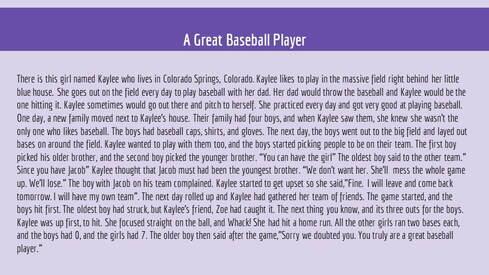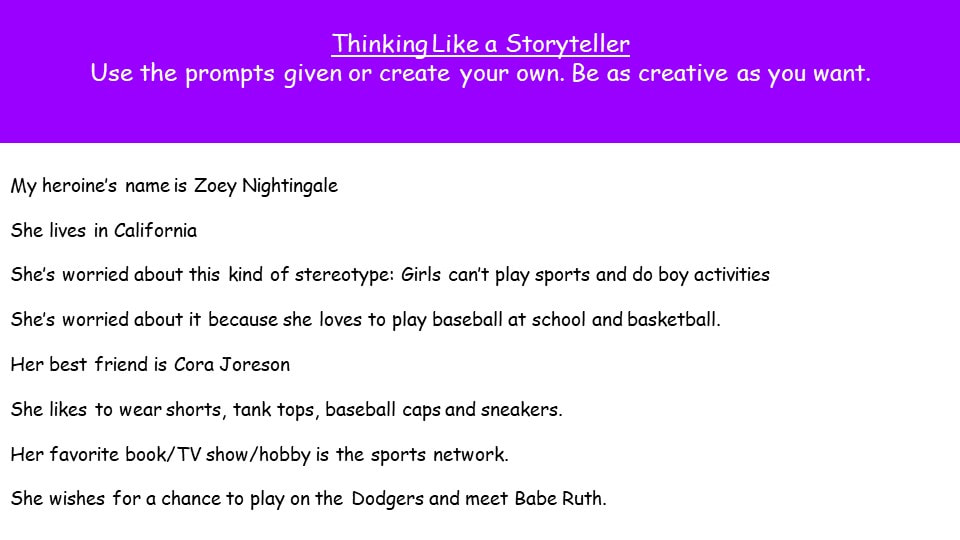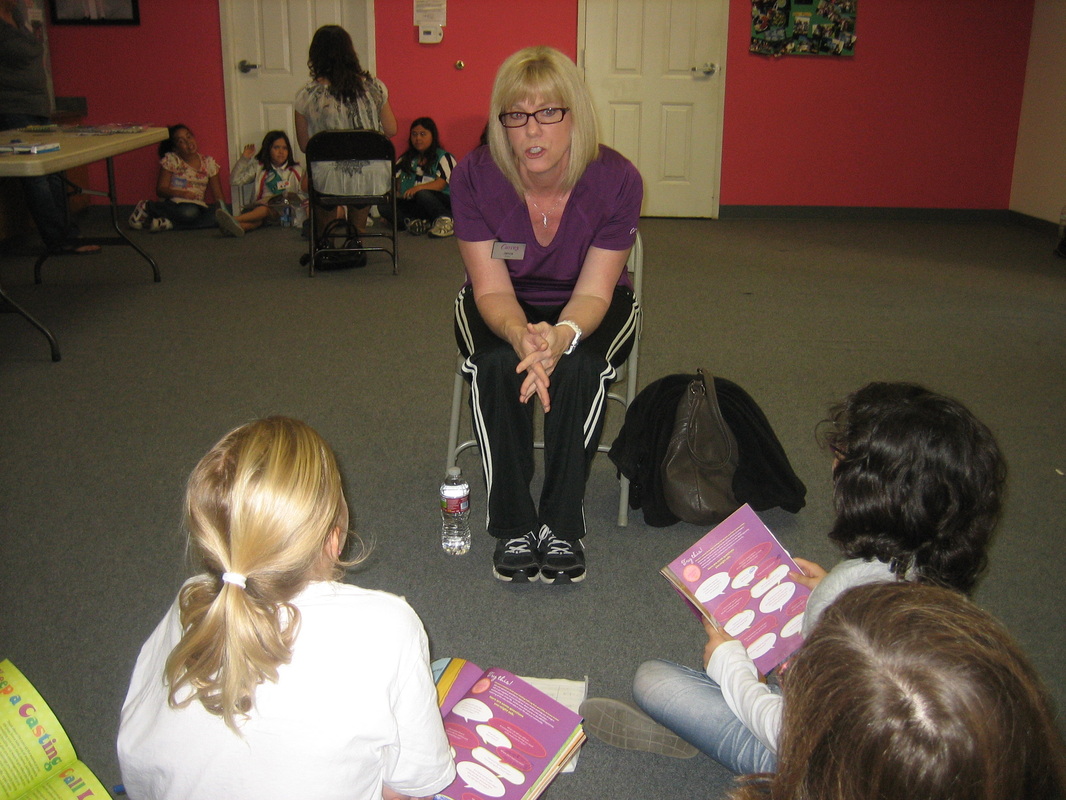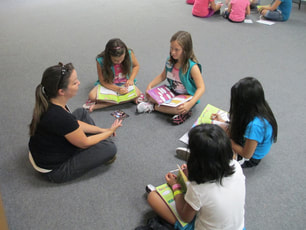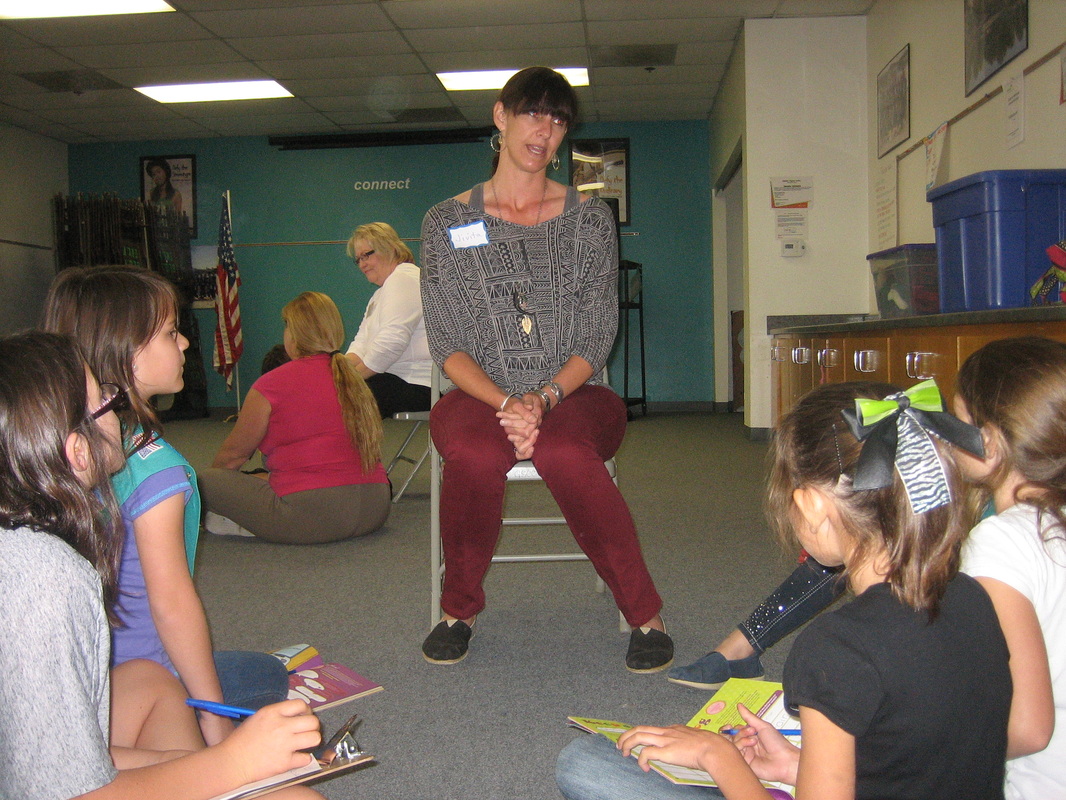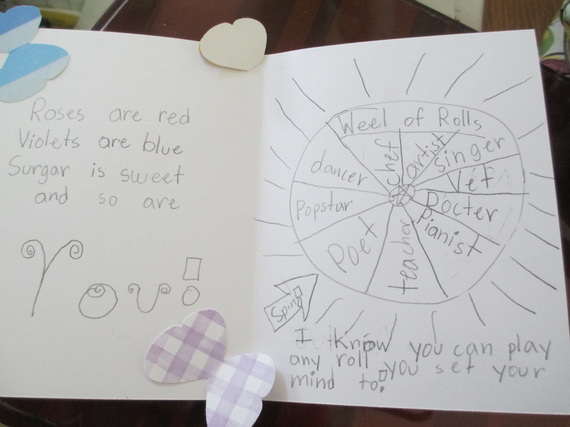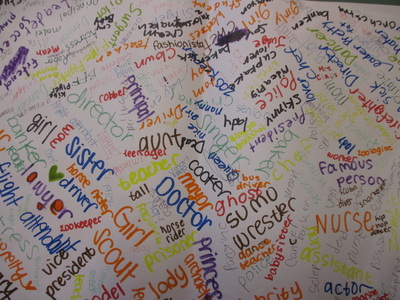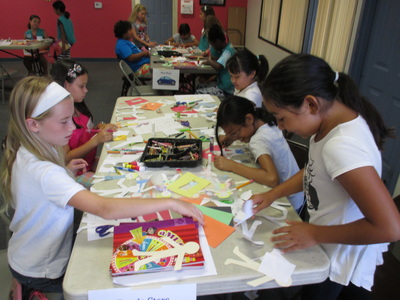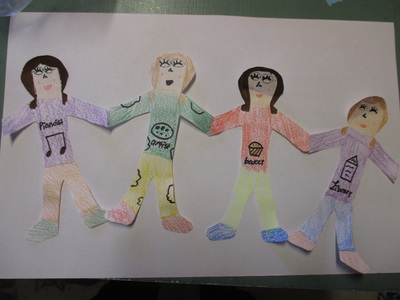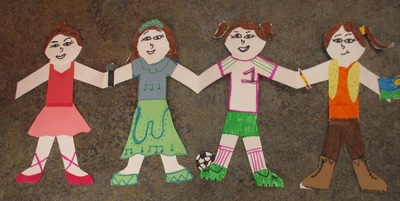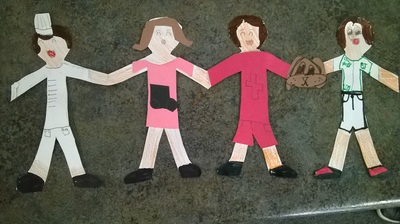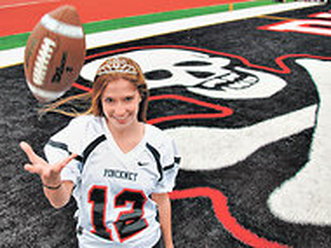aMUSE Journey for Juniors grades 4-5
Who am I? Who would I like to be? Imagine the possibilities !
What do Juniors who completed a Virtual Workshops4girls aMUSE Journey have to say about the experience?
|
I will tell my friends that it was awesome and don't be scared. This was one of the best experiences I have had as a junior. We learned how to stand up for ourselves. The Amuse journey was my favorite virtual experience of 2020! |
My favorite part was how I got to meet a bunch of new friends I didn't know before. My favorite part was how it taught me to be brave and believe in myself. I learned how to work with people I don't know and have a good time doing it. |
Starting 5th grade was hard. I felt that I had no power. One thing that I have learned is that women can speak up. I learned to stand up for myself. I liked learning about the guest speakers lives, I liked getting to know the girls and the leaders better, I liked planning my project with my friends, and writing stories! |
What happens on an aMUSE Journey? Here is a sneak peak.
All Workshops4girls programs are all now virtual.
NOTE: Some pictures below were taken before Covid restrictions. We encourage girls to give their project presentations in person for more practice. This gives them some fun ideas. We also realize that many people use our website as a resource, so we have virtual and in-person program examples to inspire you if you are running your own Amuse Journey.
AMUSE JOURNEY TAKE ACTION PROJECT
How will I take on the world? Who inspires me?
How did they stand up for what they believed in?
The Journey culminates when the girls Take Action to "bust" a stereotype during a presentation to an invited audience using the artistic medium of their choice.
Click here for more examples of real aMUSE Take Action Projects
Preparing to Take Action. Building their storytelling skills
What is the aMUSE Journey really about?
#YouCan from Confidence Coalition on Vimeo.
Interviews
Paper Dolls
After brainstorming about the many roles women can have, Juniors make paper dolls that represent roles they have now as well as roles they might like to try in the future.
Gender Stereotypes in media and toy advertisements
Real World Inspiration for aMUSE Take Action Projects
Hasbro to unveil black and silver Easy-Bake Oven after teen's petition

MaKenna Pope was 13 when she shopped for an Easy Bake Oven for her brother. She thought the stereotypical pink design might discourage boys from using the toy. She decided to take action by starting a petition to make a more neutral design. She collected 40,000 signatures! Hasbro invited her to visit & they created an new product.
|
Here's "her" product in a Target ad !!
|

